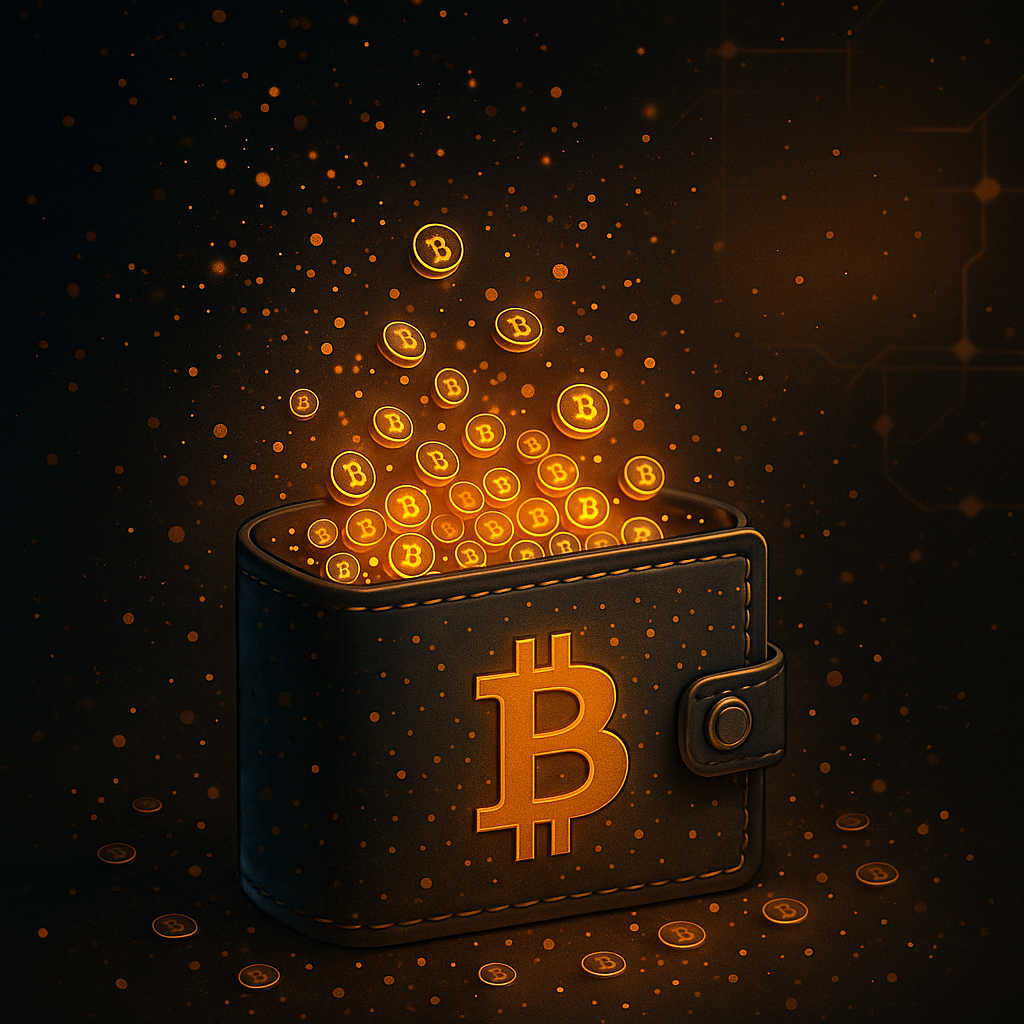Bitcoin's infrastructure contains many nuanced mechanisms, and one of the more technical—but important—concepts is the idea of a dust transaction. While the term refers to extremely small amounts of BTC, these micro-values can impact wallet efficiency, transaction costs, and even user privacy within the Bitcoin network.
What Does Dust Mean in the Bitcoin Ecosystem
In Bitcoin, "dust" refers to outputs that are so small they are considered impractical to spend due to the transaction fee exceeding their value. These outputs are recorded as UTXOs (Unspent Transaction Outputs), and if their size falls below a certain threshold, they are classified as dust.
Bitcoin Core defines dust based on whether the fee required to spend the output would be more than one-third of its amount. For standard types of outputs, such as pay-to-pubkey-hash, this threshold is typically around 546 satoshis. Outputs below that value are not economically viable to use and may remain unspent indefinitely.
How Dust Appears in Bitcoin Wallets
There are several ways dust can accumulate in a user's wallet:
Change Leftover from Transactions
When a transaction doesn't use an exact UTXO match, the remaining amount is returned to the sender's wallet as change. In some cases, this change is so small that it qualifies as dust.
Frequent Small Transfers
Receiving numerous low-value payments over time results in the buildup of small UTXOs. If each one is below the spendable threshold, they become clutter.
Intentional Spam (Dusting Attacks)
Malicious actors may send tiny amounts of BTC to many addresses, aiming to later track how recipients use those funds and reveal relationships between addresses.
Why Dust Matters in the Bitcoin Network
Despite the minuscule amounts involved, dust outputs create several notable problems:
Extra Load on the Blockchain
Each UTXO, no matter how small, increases the data size of transactions when used. Consolidating many dust outputs inflates the overall transaction size, consuming valuable block space.
Higher Transaction Costs
Fees in Bitcoin are based on the size of the transaction in bytes—not the value transferred. A transaction with many small inputs will be larger, and therefore more expensive to confirm.
Slower Wallet Performance
Wallets that store hundreds of dust outputs may experience delays when building transactions. This also complicates fee estimation and UTXO selection algorithms.
Managing Dust in a Bitcoin Wallet
To maintain wallet efficiency and reduce risks, users should handle dust carefully. Some effective strategies include:
Avoid Using Dust as Standalone Inputs
Attempting to spend a single dust UTXO will usually result in a fee greater than the output's value. Most modern wallets will automatically block such transactions.
Consolidate During Low Fee Periods
When network congestion is low and transaction fees drop, users can combine multiple small outputs into a single UTXO. This reduces clutter and future costs.
Leverage Wallet Features That Flag Dust
Some Bitcoin wallets have built-in functionality to identify dust, exclude it from transaction building, or provide manual UTXO control for advanced users.
Bitcoin's Dust Threshold and Policy Rules
Dust isn't strictly defined by Bitcoin's protocol rules but is instead governed by node policies and mempool behavior. Most full nodes reject transactions that include outputs deemed dust, as they are not cost-effective. The dust limit is influenced by the type of output and the network's fee conditions.
For example, a standard pay-to-pubkey-hash output below 546 satoshis is typically considered dust. These outputs won't be relayed or mined, making them effectively unspendable unless fees drop dramatically in the future.
Dust transactions may involve tiny amounts of bitcoin, but they represent a broader set of challenges within the Bitcoin network. From privacy concerns to higher fees and bloated wallets, dust can be more than a minor inconvenience. Understanding how it works—and how to manage it—can help users keep their wallets clean, reduce operational costs, and maintain greater privacy when interacting with the Bitcoin blockchain.



